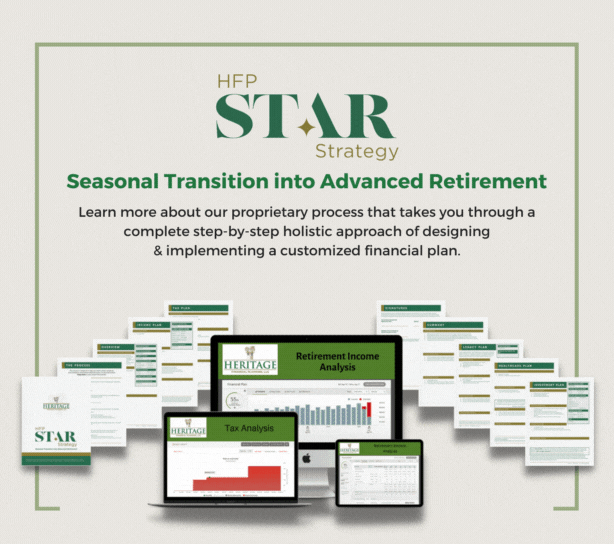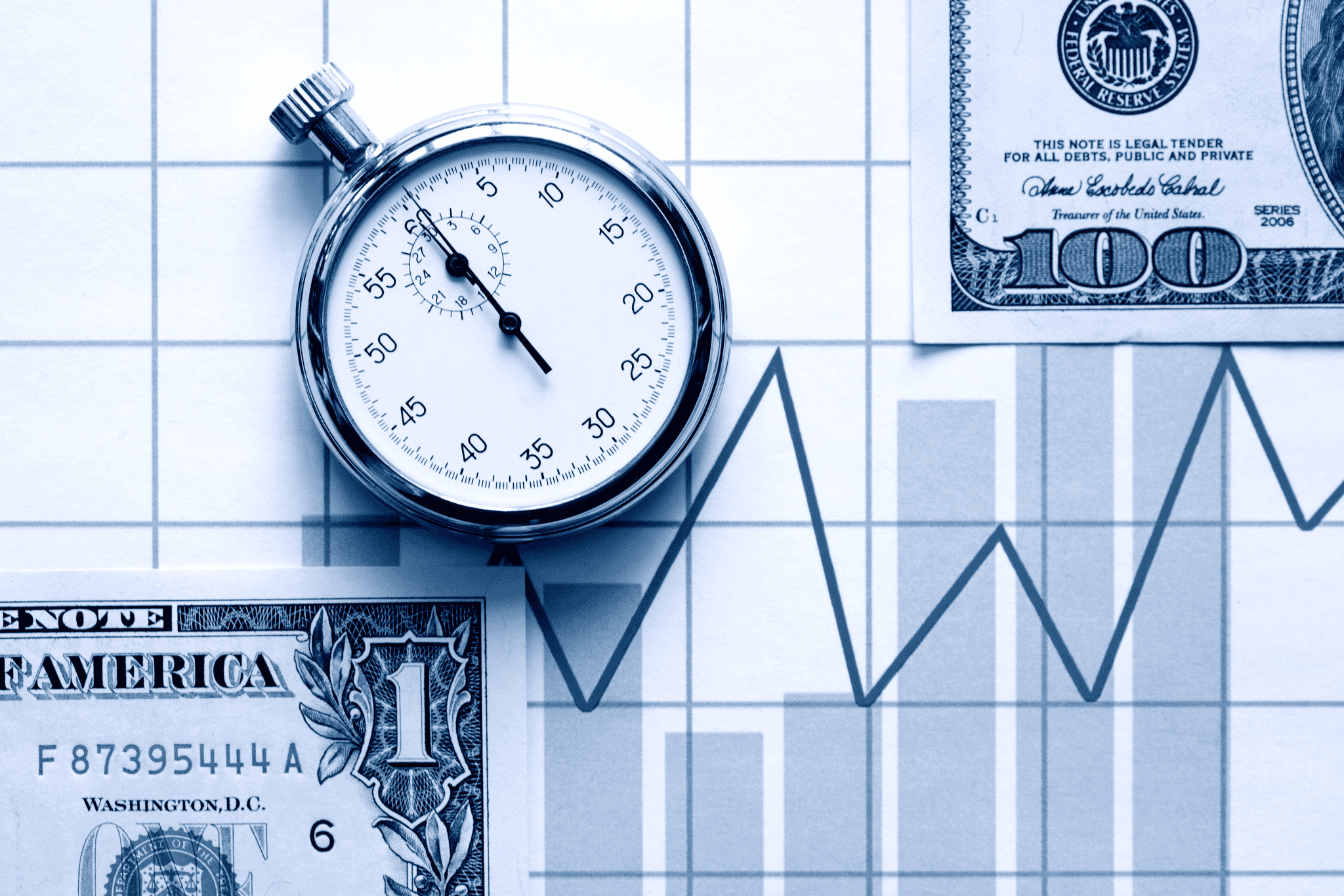At Heritage Financial Planning, we’ve seen firsthand how tempting it can be to try and “outsmart” the market — especially in times of uncertainty. But if you blinked on Wednesday, April 9th, 2025, you might have missed one of the most explosive days in stock market history. We’re talking fireworks-level gains. The S&P 500 surged a whopping 9.52%, its third-biggest jump since World War II. The Dow Jones Industrial Average shot up nearly 3,000 points. NASDAQ? It soared 12.16%, marking its second-best day ever.
So what happened? In a surprise move, President Donald Trump paused a series of “reciprocal” tariffs that had been weighing heavily on investors for weeks. The market responded instantly. Over 30 billion shares traded hands — the most in nearly two decades. That’s not just movement. That’s a stampede.
But here’s the thing: if you were sitting on the sidelines, waiting for the “right time” to jump in, you missed it. And that’s exactly why market timing is such a risky game.
The Trap of Timing the Market
We get the temptation. It feels smart to hold back during the red-arrow days. “I’ll wait for things to settle,” you think. Or maybe, “The market’s too hot — I’ll buy in after the dip.” These thoughts are normal — but they’re often fear disguised as logic.
The truth? The market doesn’t wait. It doesn’t send alerts. It doesn’t give you time to draft a game plan. When big moves happen — like April 9th — they come fast and without warning. If you’re not already invested, you’re chasing gains instead of riding them.
The High Cost of Missing Just a Few Days
Still not convinced? Let’s do the math. Imagine you invested $10,000 in the S&P 500 and left it untouched for 20 years. You’d earn an average return of about 9–10% annually. But if you missed just the 10 best days over those 20 years, your total return could be cut in half.
Ten days. Out of over 7,000. That’s all it takes to drastically change your financial outcome. And guess what? Many of those “best days” happen in the middle of chaotic, volatile markets — exactly when nervous investors tend to pull out.
April 9th Was a Textbook Lesson
Think of the cautious investor who sold the week before, spooked by headlines. Tariff battles. Inflation. Interest rate chatter. All real concerns. But then came a single announcement — and the markets erupted. If you’d cashed out, you’d have missed the comeback. And trying to jump back in once the market’s already up? That’s just locking in your losses.
We’ve seen it time and again — investors chasing certainty instead of staying the course. And it rarely ends well.
The Smarter Strategy: Stay Consistent
So what does work? The answer isn’t glamorous, but it’s effective: consistency. At Heritage Financial Planning, we believe in time in the market — not timing the market. That means investing regularly, even when it’s uncomfortable. Even when the news looks bleak.
It means trusting in the long-term growth of the U.S. economy and giving compounding the chance to do what it does best. This approach won’t earn you a CNBC headline, but it will build lasting wealth over time.
Our Final Thought: Let Strategy Lead the Way
The April 9th rally was historic — but not unique. These moments happen. And the only way to benefit from them is to already be invested.
That’s why we built the HFP S.T.A.R. Strategy — our Seasonal Transition into Advanced Retirement framework designed to keep you aligned, invested, and informed through all market cycles. It’s about more than just timing — it’s about thoughtful, proactive planning that evolves with your life stage and the financial landscape.
Let’s make sure your retirement plan isn’t built on guesses, but on a solid, adaptive strategy. Contact our office today to schedule a conversation and see how the HFP S.T.A.R. Strategy can support your financial goals.

Click here to learn more about our HFP STAR Strategy process.
Source: Copyright © 2025 FMeX. All rights reserved. Distributed by Financial Media Exchange.












